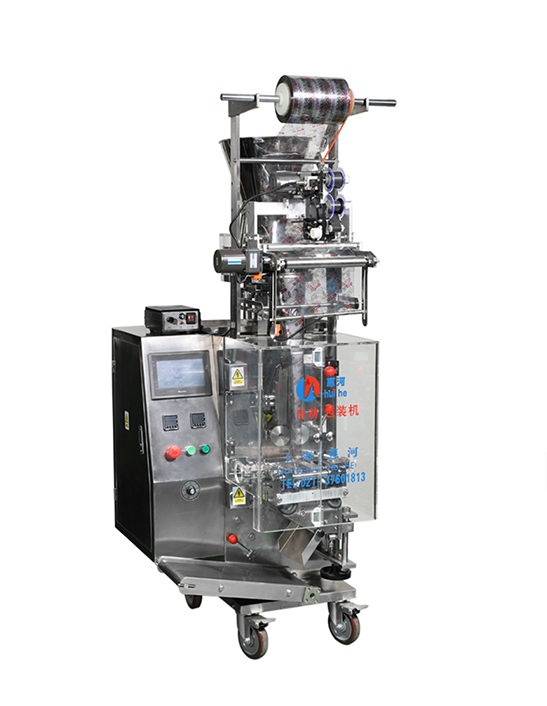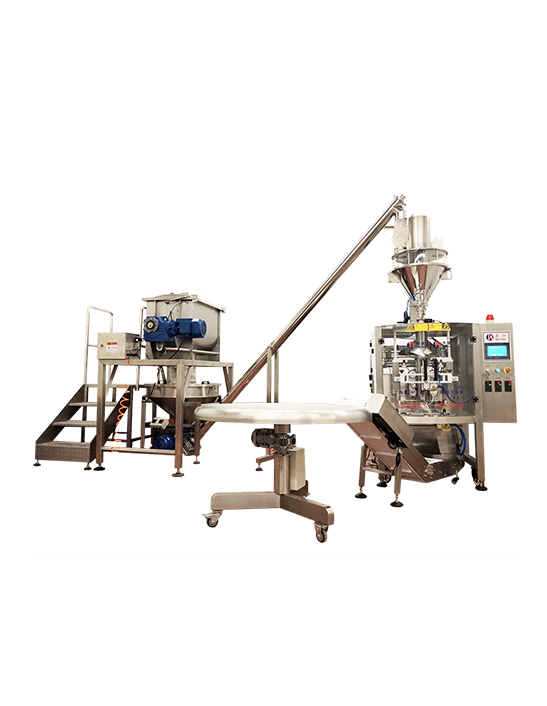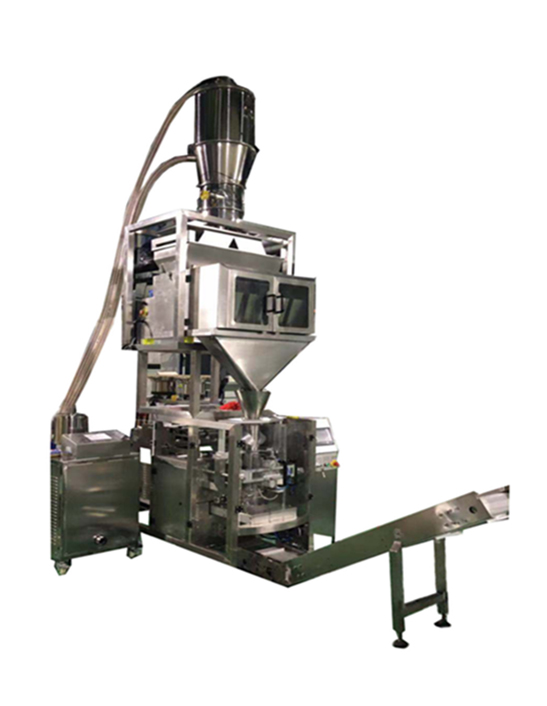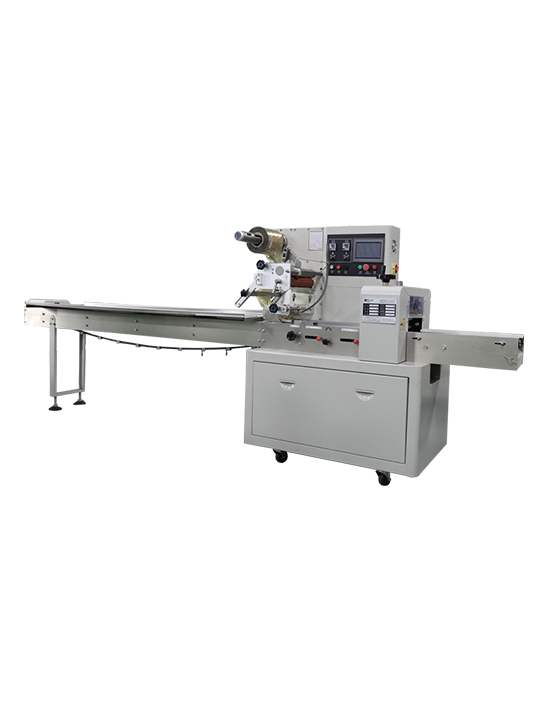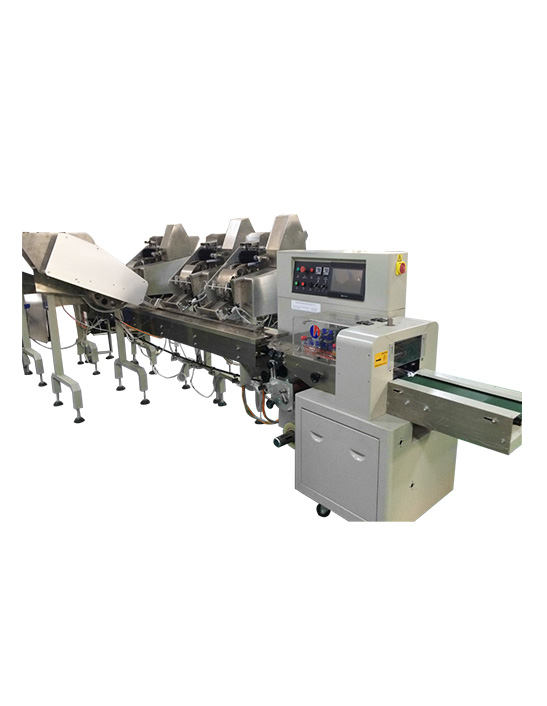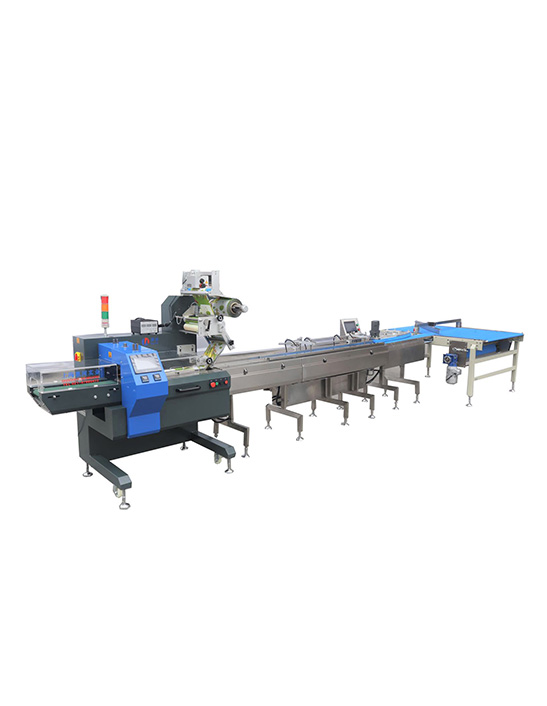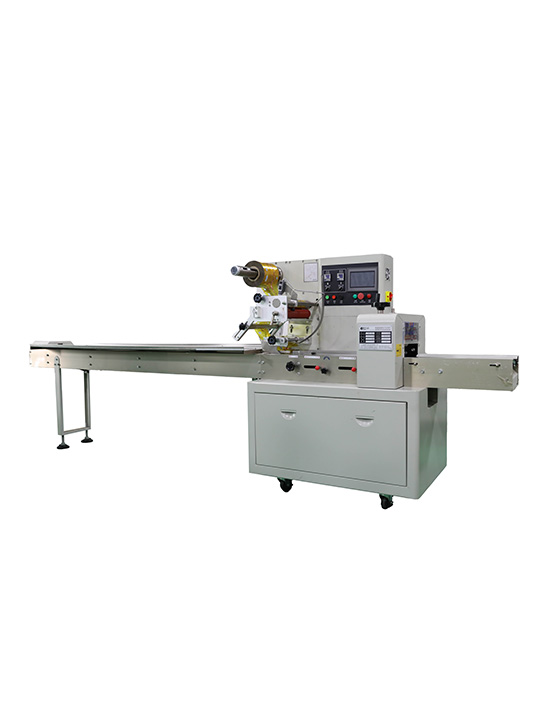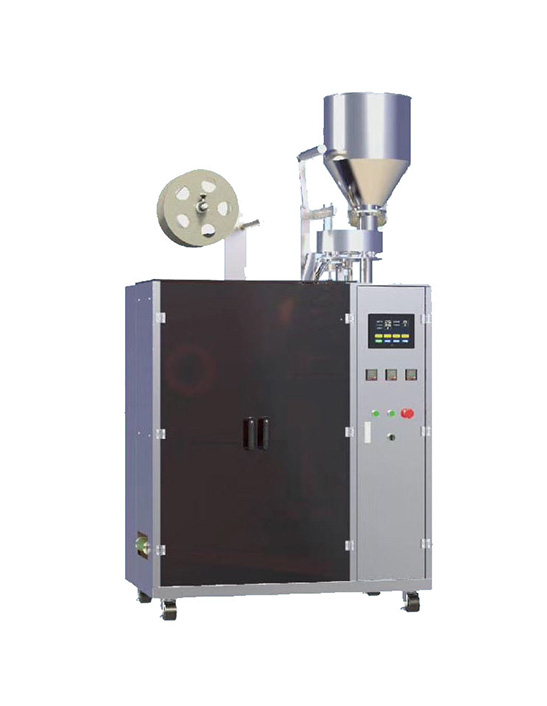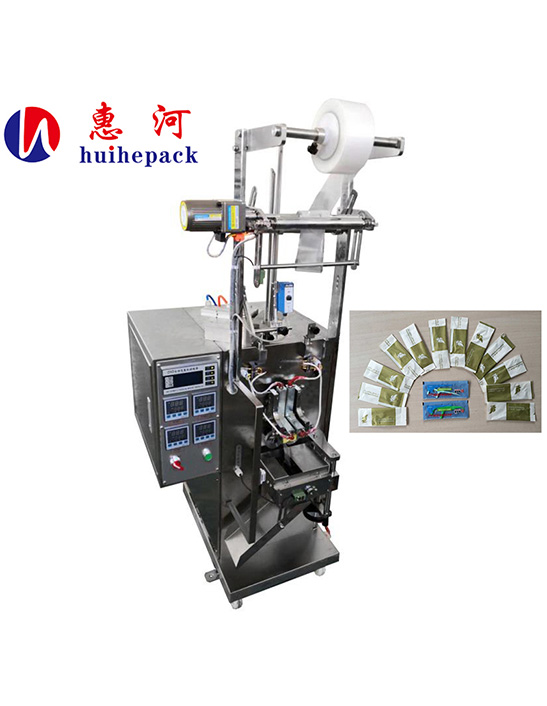In modern industrial production, large vertical packaging machines are widely used in food, medicine, chemicals, daily necessities and other industries. They are favored for their high efficiency, high degree of automation and strong adaptability. However, in order to make the equipment run efficiently and stably for a long time, daily maintenance work cannot be ignored. Scientific maintenance can not only effectively extend the service life of the equipment, but also avoid downtime losses caused by sudden failures and improve overall production efficiency.
1. Daily maintenance: Start with details, prevention first
Although daily maintenance work is trivial, it is crucial to the stability of the equipment's operating status. The following are the basic maintenance tasks that operators should complete daily or every shift:
1. Cleaning equipment
Clean up residues from key parts such as heat sealing knives, pressure rollers, and formers to prevent impurities from affecting the sealing quality.
Remove dust and packaging debris from the transmission part to keep the mechanical parts running smoothly.
2. Check the air source and power supply
Ensure that the pressure gauge value is normal and there is no air leakage in the air circuit;
The cable plug and distribution box are not loose or damaged, and the grounding is good to ensure safe operation.
3. Lubricate moving parts
Check whether the moving parts such as the transmission chain, bearings, gears, etc. are lack of oil every day;
Add the appropriate type of lubricant according to the instructions to avoid damage to components caused by dry grinding.
2. Regular inspection: preventive maintenance reduces the failure rate
In addition to daily maintenance, it is equally important to formulate weekly, monthly, and quarterly maintenance plans:
Weekly inspection content:
Whether the belt tension is appropriate and whether there is deviation;
Whether the temperature rise of the heat sealing system is stable and whether the thermostat is sensitive;
Check whether the weighing system or metering device is deviated.
Monthly inspection content:
Check whether the control system such as PLC, sensor, photoelectric switch, etc. is operating normally;
Check whether all fasteners (such as bolts and nuts) are loose;
Check whether there is dust or moisture inside the electric control box.
Quarterly maintenance:
Replace some wearing parts (such as sealing rings, scrapers, heating wires, etc.);
Cleaning cooling fans and heat sinks;
Lubricate and tighten the whole machine once, and recalibrate key parameters.
3. Prevention and countermeasures for common faults
Fault 1: The seal is not firm or there are wrinkles
The reason may be unstable temperature, contamination of the sealing knife or insufficient pressure;
Solution: Clean the sealing knife, adjust the temperature control setting or pressure spring.
Fault 2: Unstable or offset film
May be caused by failure of the photoelectric sensor or loose film belt;
Check the sensor alignment and adjust the belt tension appropriately.
Fault 3: Inaccurate bag cutting or bag jamming
Mainly caused by incorrect cutting knife position, inaccurate bag length setting or abnormal film material tension;
It is necessary to reset the bag length, adjust the knife position and check the film roll tension.
4. Operator training and standardized operation
The core of maintenance is not only "repair", but also "prevention". The professionalism and standardized operating habits of operators have a great impact on the status of the equipment:
Before operation, you should fully read the instruction manual to understand the structure and working principle of the machine;
Check the system status according to the process before starting each time;
Unauthorized personnel are prohibited from adjusting the electronic control parameters or disassembling parts without authorization;
When a fault occurs, the machine should be shut down in time and the fault situation should be recorded to facilitate the technical department to analyze and solve it.
5. Establish equipment maintenance files
For the convenience of management and traceability, it is recommended that enterprises establish complete equipment operation and maintenance files, including:
Records of each maintenance, maintenance, and fault repair;
Time and model of replacement accessories;
Operator use handover records.
These data not only help to accurately predict the life of parts, but also serve as a reference for evaluating equipment performance and improvement plans.
As a key equipment for assembly line production, the operating stability of large vertical packaging machines directly affects the production capacity and benefits of enterprises. Scientific and systematic maintenance strategies can not only greatly reduce the failure rate, but also extend the life of equipment and reduce maintenance costs. By strengthening daily maintenance, regular inspections, standardized operations, and establishing maintenance files, enterprises can ensure that packaging machines remain efficient in high-intensity use environments. Maintenance is no small matter, and attention to detail is the key. Only by truly making "maintenance" more important than "repair" can the maximum benefit of equipment management be achieved.


 英语
英语 西班牙语
西班牙语 简体中文
简体中文
